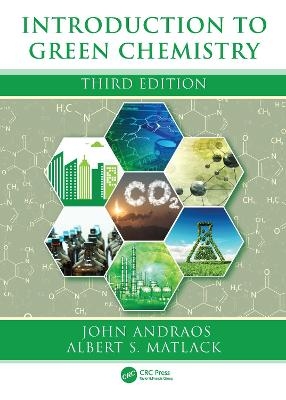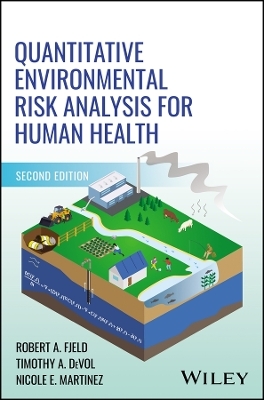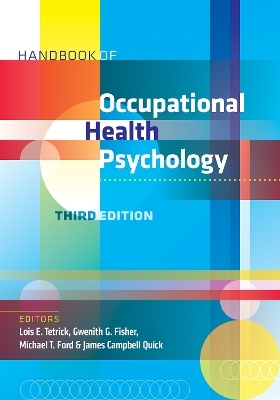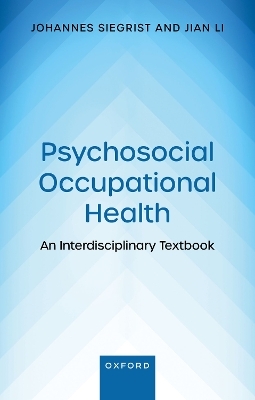
Introduction to Green Chemistry
CRC Press (Verlag)
978-1-032-19942-9 (ISBN)
Interest in green chemistry and clean processes has grown so much in recent years that topics such as fluorous biphasic catalysis, metal organic frameworks, and process intensification, which were barely mentioned in the First Edition, have become major areas of research. In addition, government funding has ramped up the development of fuel cells and biofuels. This reflects the evolving focus from pollution remediation to pollution prevention.
Copiously illustrated with more than 800 figures, the Third Edition provides an update from the frontiers of the field. It features supplementary exercises at the end of each chapter relevant to the chemical examples introduced in each chapter. Particular attention is paid to a new concluding chapter on the use of green metrics as an objective tool to demonstrate proof of synthesis plan efficiency and to identify where further improvements can be made through fully worked examples relevant to the chemical industry.
NEW AND EXPANDED RESEARCH TOPICS
Metal-organic frameworks
Metrics
Solid acids for alkylation of isobutene by butanes
Carbon molecular sieves
Mixed micro- and mesoporous solids
Organocatalysis
Process intensification and gas phase enzymatic reactions
Hydrogen storage for fuel cells
Reactive distillation
Catalysts in action on an atomic scale
UPDATED AND EXPANDED CURRENT EVENTS TOPICS
Industry resistance to inherently safer chemistry
Nuclear power
Removal of mercury from vaccines
Removal of mercury and lead from primary explosives
Biofuels
Uses for surplus glycerol
New hard materials to reduce wear
Electronic waste
Smart growth
The book covers traditional green chemistry topics, including catalysis, benign solvents, and alternative feedstocks. It also discusses relevant but less frequently covered topics with chapters such as "Chemistry of Long Wear" and "Population and the Environment." This coverage highlights the importance of chemistry to everyday life and demonstrates the benefits the expanded exploitation of green chemistry can have for society.
John Andraos earned a Ph.D. in physical organic chemistry in 1992 from the University of Toronto. His current research is broadly defined as reaction optimization and discovery including: the application of reaction metrics for analysis of organic reactions and total syntheses of organic molecules; optimization of recycling and reagent retrieval protocols; discovery of new multi-component reactions by structural combinatorial techniques; unified mathematical analysis of green metrics; molecular and topological complexity and connectivity; and graph theoretical applications to sustainability research. He is the author of 70 peer reviewed journal articles, 11 book chapters, and 4 books on green chemistry.
1. Introduction 2. Doing without Phosgene, Hydrogen Cyanide, and Formaldehyde 3. The Chlorine Controversy 4. Toxic Heavy Metal Ions 5. Solid Catalysts and Reagents for Ease of Workup 6. Solid Acids and Bases 7. Chemical Separations 8. Working without Organic Solvents 9. Biocatalysis and Biodiversity 10. Stereochemistry 11. Agrochemicals 12. Materials for a Sustainable Economy 13. Chemistry of Long Wear 14. Chemistry of Recycling 15. Energy and the Environment 16. Population and the Environment 17. Environmental Economics 18. Greening 19. Metrics
| Erscheinungsdatum | 11.03.2022 |
|---|---|
| Zusatzinfo | 33 Tables, black and white; 820 Line drawings, black and white; 820 Illustrations, black and white |
| Verlagsort | London |
| Sprache | englisch |
| Maße | 210 x 280 mm |
| Gewicht | 1696 g |
| Themenwelt | Medizin / Pharmazie ► Medizinische Fachgebiete ► Arbeits- / Sozial- / Umweltmedizin |
| Studium ► Querschnittsbereiche ► Klinische Umweltmedizin | |
| Naturwissenschaften ► Chemie ► Technische Chemie | |
| Technik ► Elektrotechnik / Energietechnik | |
| ISBN-10 | 1-032-19942-3 / 1032199423 |
| ISBN-13 | 978-1-032-19942-9 / 9781032199429 |
| Zustand | Neuware |
| Haben Sie eine Frage zum Produkt? |
aus dem Bereich


